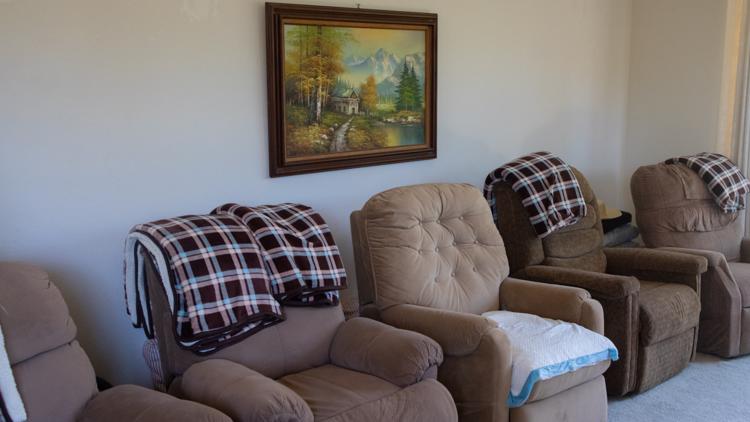SAN DIEGO COUNTY, Calif. — Behind the doors of a spacious house in Chula Vista, Aury McDaniel was caring for six residents when the coronavirus pandemic struck this year.
By the end of May, five residents had tested positive for COVID-19 and three of them were dead.
McDaniel, 69, owns the assisted living facility and believes one of the aides contracted the virus from her husband, then brought it into the home before experiencing symptoms. By the time the worker felt sick after work one day, it was too late.
Then McDaniel contracted the virus. So did another one of her caregivers. So did all of her residents, except one who declined to be tested.
And so did McDaniel’s husband, who was rushed to the hospital with difficulty breathing. After about a month in the ICU, he is now recovering at the assisted living home in a private room. He’s taken up the bed of a 94-year-old resident who died from COVID-19.

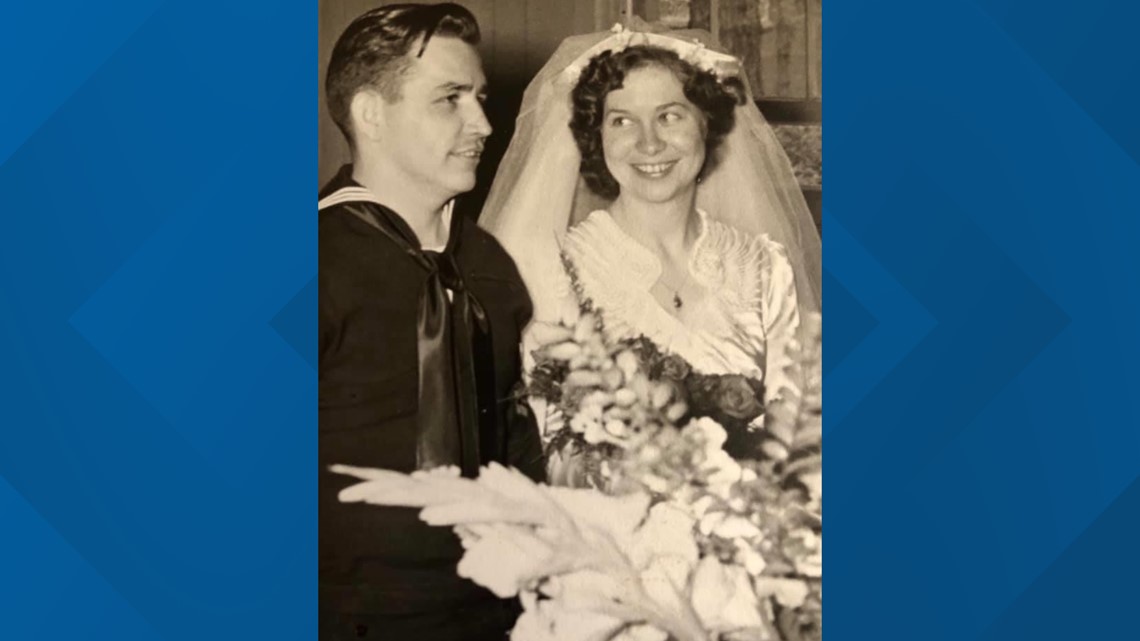
The resident, Betty Gentry, was a veteran who served as a nurse’s assistant in World War II and the Korean War. She was taken to Sharp Chula Vista Medical Center in late April with a bad cough. Her son Chris called the hospital to tell his mom he loved her.
Betty, weak and hard of hearing, mustered the strength needed for a one-word reply: “Same.”
She died in her sleep on May 13 as a result of cardiac arrest, respiratory failure, pneumonia and COVID-19.
“My mother died from this virus when she didn’t need to die,” Chris Gentry said. “She didn’t need to be in a situation where she was going to be contaminated by this.”
Despite the tragedy at Aury’s Home Care, there’s no way for the public to see that the assisted living facility was affected by the virus.

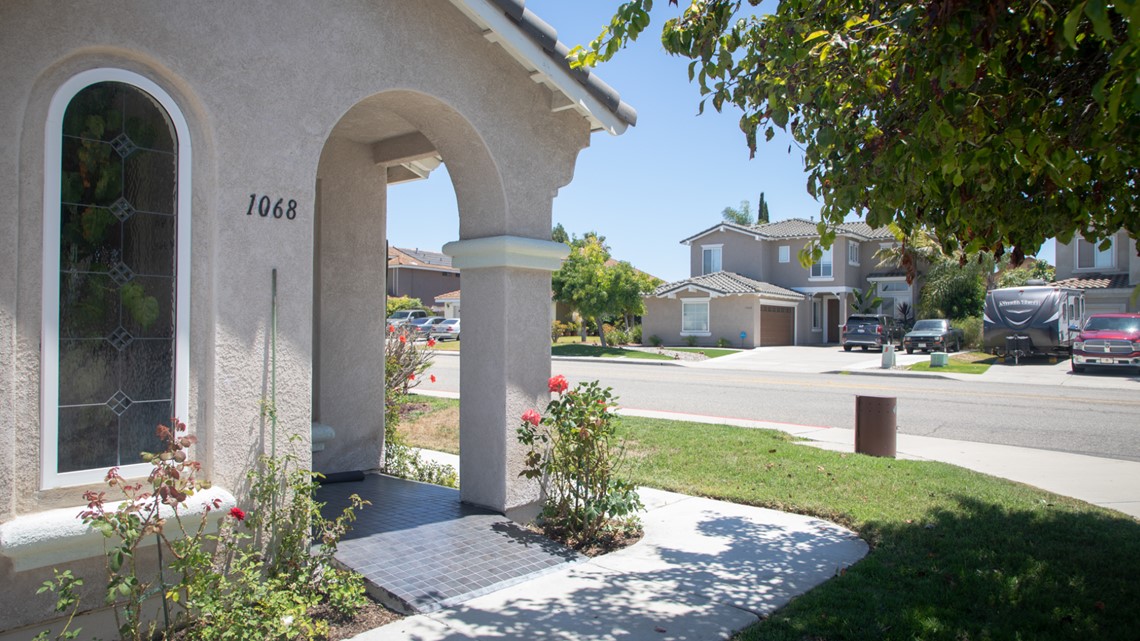
Citing health privacy laws, the state has refused to name assisted living facilities with six or fewer beds that have had COVID-19 cases, including Aury’s Home Care. San Diego County health officials won’t release the names of any local facilities — even those with seven or more beds — that have been affected by the virus, despite frequent requests from reporters and outcry from advocates.
“This whole issue of not disclosing names has not protected public safety,” said Chris Murphy, executive director of Consumer Advocates for RCFE Reform. The San Diego nonprofit supports people living in Residential Care Facilities for the Elderly, more commonly referred to as assisted living facilities, where aides help residents with daily tasks such as feeding and bathing.
By contrast, data on COVID-19 in all of California’s nursing homes — which provide medical services, are overseen by a different state department and follow more regulations — is readily available online.
“This is a public health issue,” Murphy said. “To not share the information with consumers when they have big decisions to make is, I think, irresponsible.”
Hidden numbers
Three-quarters of California’s assisted living homes have six or fewer beds, excluding them from much of the public scrutiny during the pandemic.
The Department of Social Services has published the names of 154 facilities with seven or more beds that have COVID-19 cases. In a statement, a spokesperson said another 96 smaller facilities have had cases but have not been named because it may allow the public to identify people who contracted the virus, which would violate health privacy laws.
Department spokesperson Jason Montiel said the agency “carefully considered the privacy and security of residents at RCFEs, which are often residential homes.”
That decision has effectively denied the public access to valuable information, said Eric Carlson, an attorney at the Washington, D.C.-based nonprofit Justice in Aging.
“Knowledge about the presence of COVID-19 is just incredibly important at this point,” Carlson said. “It’s not helpful for consumers and others to be deprived of that information.”
On the county level, health officials have provided a range of reasons for hiding the names of elder care homes with COVID-19 cases. Public Health Officer Dr. Wilma Wooten has said the state already makes the information available. County Supervisor Nathan Fletcher has stated that publicizing them would discourage facilities from reporting honestly to the government about outbreaks.
And county spokesperson Sarah Sweeney told inewsource in an email it would violate the privacy rights of those with COVID-19.
Murphy, the consumer advocate, called the health privacy explanation “the most bogus thing I’ve ever heard.”
“Nobody cares to know the name of the person in the facility of six beds that has COVID,” she said. “Nobody cares. What people care about is the public health issue of having COVID in the community and caregivers who are coming and going and where they’re being infected.”
The county has also not released the number of local assisted living facilities with COVID-19 cases and deaths. Instead, officials combine these facilities with jails, immigration centers, homeless shelters and other residential locations as part of the ongoing data they publish on active outbreaks in “congregate” settings.
Plus, since cases exploded in late June, the county has only sporadically released that data to the public.
What the county is providing is “useless information,” Murphy said.
“How is a family or community supposed to respond to that when they don’t know what settings those are?” she asked. “I don’t know. They have done an excellent, excellent job at masking and making the data opaque.”
Neither the state nor the county would confirm the number of COVID-19 cases McDaniel said have occurred at her Chula Vista assisted living home or describe what steps the facility needed to take to continue operating after three people died. Two residents are currently living in the home, McDaniel said.

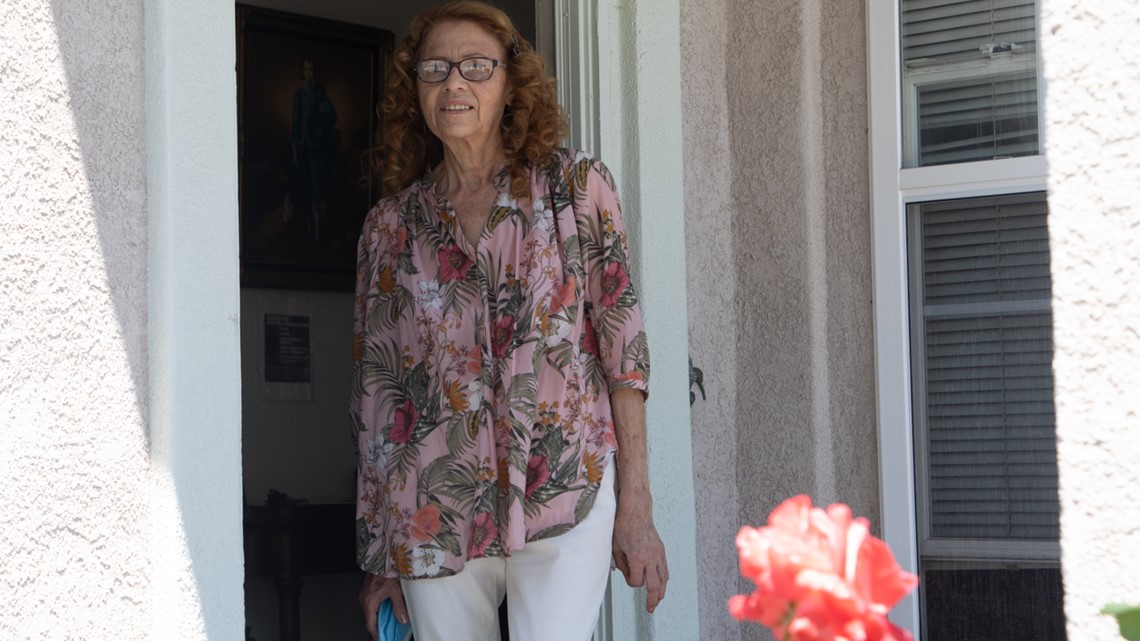
During the five years Betty Gentry lived at the facility, McDaniel said she looked after her like she would with her own mom, bringing the mother of four chamomile tea at night and lying in bed beside her to help her sleep.
“She was so sweet,” the caregiver said. “The best resident I had in 20 years was Betty. I love her with all my heart.”
McDaniel, an immigrant from Chile who worked as a nurse’s assistant before opening her assisted living home, said she was following state recommendations to frequently disinfect the building and anything that entered it — but COVID-19 came anyway.
She was “very shocked” when her residents became ill, she said.
“This is like Russian roulette,” McDaniel said. “Some people get it. You don’t know how the virus enters your facility. If I publish my facility was affected by COVID, do you know what impression people are going to have? Careless.”
McDaniel’s son Erik, the administrator of the assisted living facility, disagreed.
“I think it should be accessible,” he said. “It should be something that you could find, that someone like you could easily discover.”
Chris Gentry, Betty’s son, said his family would not have sent his mother back to the Chula Vista facility if she had survived her hospital stay, and he wants others to know the home suffered from an outbreak.

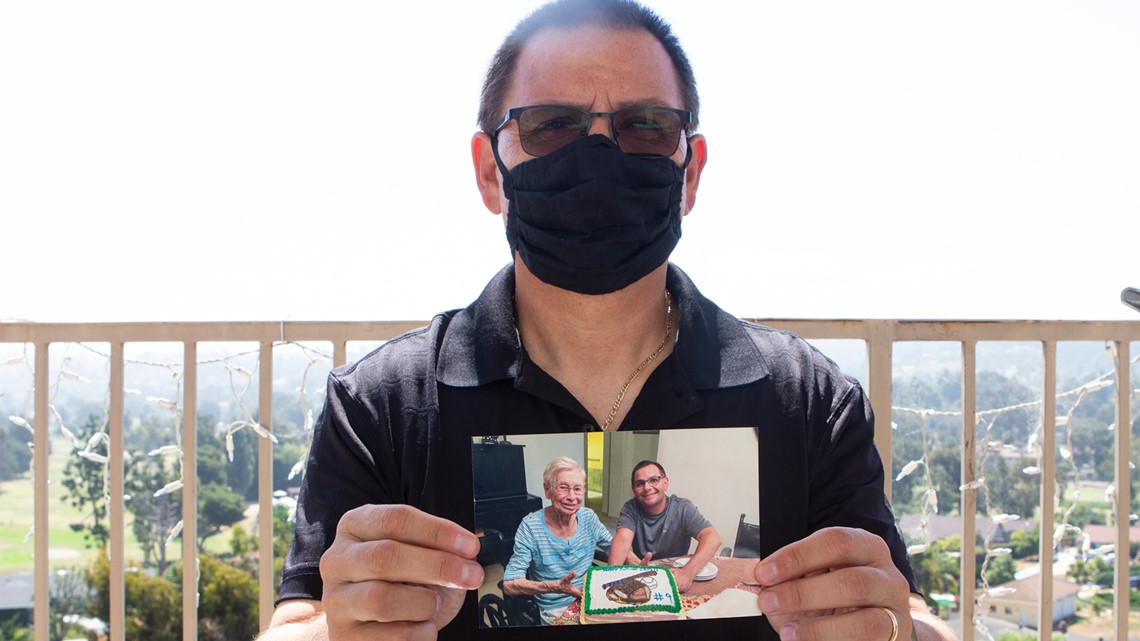
“I would definitely want to see that information from her home or any other assisted living home made public,” he said.
It’s critical so that when an outbreak happens, residents can be moved to “a safer place, because it’s a breeding ground for people to get infected,” he added.
Full transparency
Assisted living homes weren’t designed to face a pandemic.
Unlike skilled nursing homes, which have nurses on-site at all hours to help patients with acute healthcare problems, assisted living facilities follow a non-medical model and rely on aides to help residents with day-to-day tasks.
When the virus made landfall on the West Coast, assisted living facilities didn’t have stockpiles of protective medical gear at the ready. They didn’t have emergency infection control plans either, which nursing homes are required to prepare.
“Nobody ever considered that personal protective equipment was going to be required for a pandemic experience like this,” Murphy said.
But over the past decade, the line between these two types of eldercare centers has blurred. Patients at nursing homes are staying longer, and residents at assisted living facilities have more underlying health conditions, meaning they’re especially vulnerable to COVID-19.
“This is no independent living by any stretch of the imagination,” said Carlson, the attorney with Justice in Aging.
Even so, because assisted living facilities mostly accept private insurance rather than Medicare and MediCal, they have less oversight than nursing homes do. The state Department of Social Services licenses and regulates them, but they face little scrutiny from federal and local governments, even though they are widespread: San Diego County has 590 assisted living centers, compared to 86 nursing homes.
The county has provided detailed instructions for nursing homes to help fight COVID-19 but has not released any specific rules for assisted living facilities. When asked about the county’s role in aiding these facilities during the pandemic, a spokesperson told inewsource it does not regulate them.
Murphy said the county could be offering more support by improving access to testing and protective equipment.

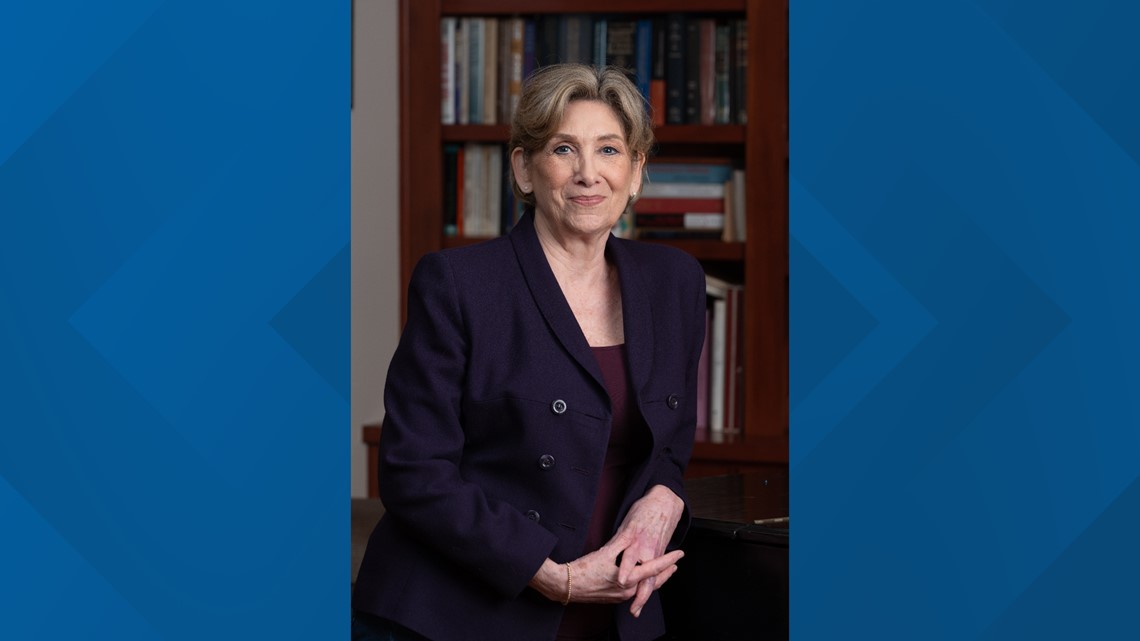
“I think it's a real opportunity missed that the county of San Diego hasn’t gone in like a little task force and said, ‘Holy cow, we’ve got 600 facilities here in San Diego County, plus or minus 10 on any given day,” she said. “We're going to systematically go out in teams of three, and we're going to saturate these ZIP codes. And we're going to work through this ZIP code first, and then we're going to move to the next ZIP code. And we're going to do that from East County to the ocean.”
“And then we're going to start over again.”
It wasn’t until June 26 that the state outlined instructions for screening people at the entrances to assisted living facilities for symptoms and regularly testing staff and residents. Even then, the department described these steps as “guidance” rather than requirements.
Raychell Jones, the director of patient care services at Sonata Hospice, said assisted living homes have been following different rules. Some have allowed her team of San Diego healthcare workers to enter during the pandemic, but others haven’t.
“Some assisted living said yes, as long as you have the PPE, and some assisted living said no, absolutely not,” Jones said. “We have a handful of facilities that have not allowed anybody in their facilities for greater than 90 days.”
Since information isn’t easily available online, especially for smaller assisted living homes, industry experts said that direct knowledge of what’s happening behind the scenes in these homes is key.
“Because of the fact that we've stepped foot into all of these places, and oftentimes we know the owners on a personal basis, we just flat out ask, ‘Do you have any positive COVID cases? And they'll tell us 'yes, I do'. Or 'no, we don't,'” said Kie Copenhaver, co-owner of San Diego’s CarePatrol franchise.
Copenhaver helps families find the right elder care homes for people in need.
“We just believe that full transparency is the best for everybody involved,” she said.
Lapses in judgment
Assisted living facilities have been scrambling to mitigate the spread of the virus, but limited access to masks and tests has presented challenges.
More than half of them have less than a two-week supply of N-95 masks and gowns, according to a letter sent by the National Center for Assisted Living to governors on July 14.
The letter, co-authored with the American Health Care Association, urged state leaders to help nursing homes and assisted living facilities acquire more protective gear and improve the turnaround time for COVID-19 test results.
As equipment and testing shortages continue, cases at assisted living homes are escalating. It took a month for the number of COVID-19 cases at California’s facilities to jump from 1,000 to 2,000, according to state data. It took another month to hit 3,000, which occurred in late June. But it only took two more weeks to reach 4,000 on July 7.
As of July 20, the state’s assisted living facilities have now accumulated more than 5,000 cases and suffered from 539 coronavirus deaths.
“As you might expect, our member communities have made significant changes to create the safest environment possible for both residents and staff during the pandemic,” Sally Michael, president and CEO of the California Assisted Living Association, said in a statement.
“As guidance has changed, assisted living providers have stayed in step, implementing new protocols and updating procedures as circumstances and science have evolved,” she added.
In San Diego County, at least 202 residents and 196 staff have tested positive for COVID-19, state data shows.
McDaniel said she and her workers in Chula Vista wear face coverings, but when her caregiver carried the virus into the facility, she didn’t have access to the highly protective N-95 masks common in hospital settings.

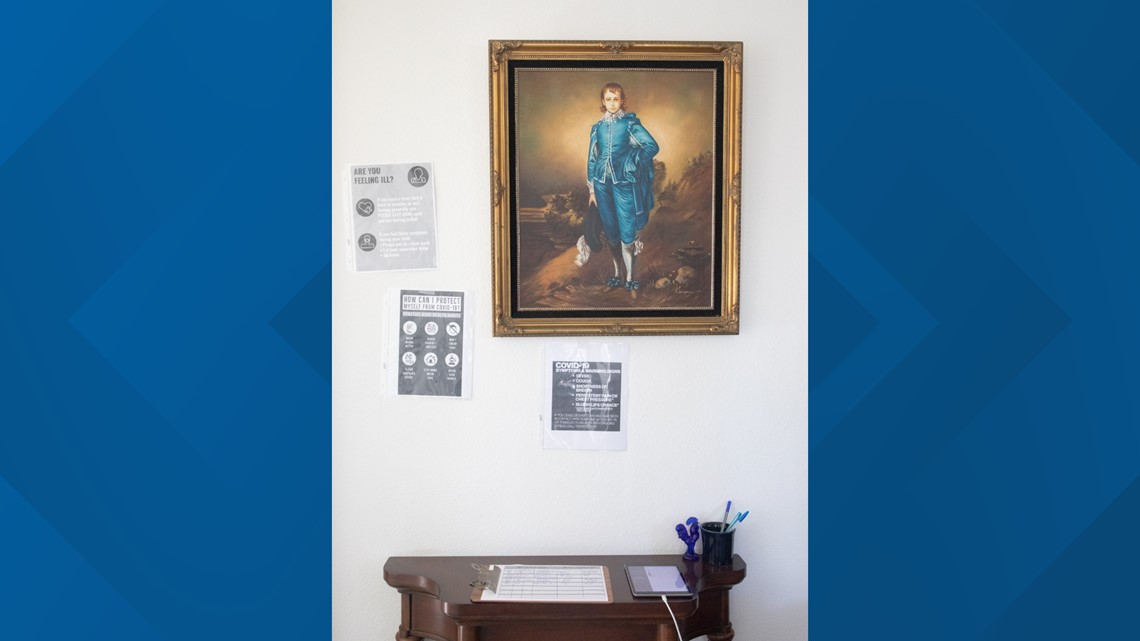
She said she had no way to stop her employee from contracting the virus from her husband or bringing it into the building.
“If I have to do it again, I’m going to select the caregivers who are not married,” she said with a laugh.
Ramona Rhoads, an 89-year-old with dementia, was the third person at Aury’s Home Care to die from COVID-19. Her daughter Tammy Wahl said the caregivers worked hard to protect residents from infection.
“It’s very heartbreaking this happened, both to our loved ones and to Aury,” Wahl said. “She was taking precautions before I was even taking coronavirus seriously.”
McDaniel cut back on staff and worked overtime to avoid having too much traffic in and out of the facility. She also kept families informed of the outbreak and what steps were being taken to control it, Wahl said.
When Wahl was searching for a home that would provide the close attention and care her mother needed, she discovered that McDaniel’s facility stood out.
“When I stepped into Aury’s Home Care, I knew something was different,” she said. “Aury is a true caregiver. The care I feel my mom got there was very loving.”
But the family of Betty Gentry, who lived a few doors down from Wahl’s mother, thinks more could have been done to save her.
Gentry’s daughter, Bonne Bandolas, said the worker who became ill should have taken more precautions, since she knew her husband was sick.
“I think it is easy for people to think that a loved one is safer and more sheltered in a smaller living situation,” Bandolas and her husband, Banjo, wrote in an email. “However, we found out the hard way that all it takes is one person disregarding protocols to infect the entire household with the COVID-19 virus.”
The caregiver’s husband eventually died from COVID-19.
At the time the virus entered the Chula Vista home, staff didn’t have their temperatures taken when they arrived for work and weren’t regularly tested for the virus, but neither was recommended or required by the state. Since then, the Department of Social Services has advised assisted living centers to do both.
“These smaller places need to have stiffer regulations, so people don’t die like this,” said Betty Gentry’s son Chris.
Betty Gentry is survived by four children, two grandchildren and six great-grandchildren.
“I want my mother’s death to have some kind of meaning and maybe change the way they proceed from here on out to save elderly patients’ lives when a virus like this comes,” Chris Gentry said. “Because this isn’t going to be the last time this is going to happen.”


